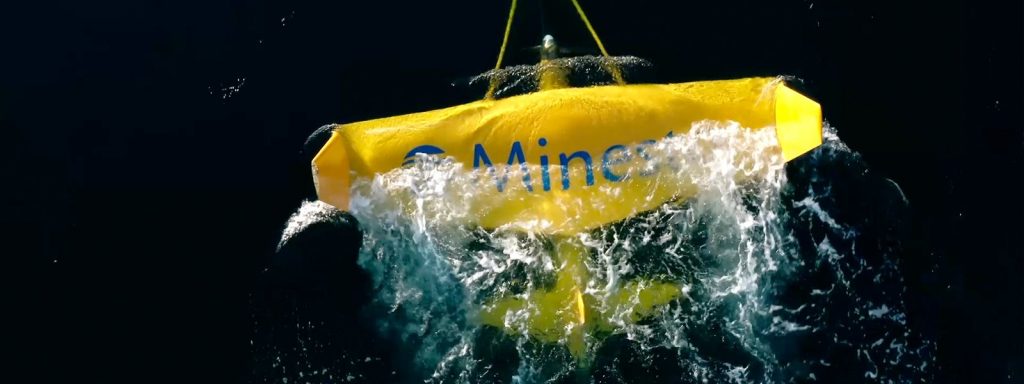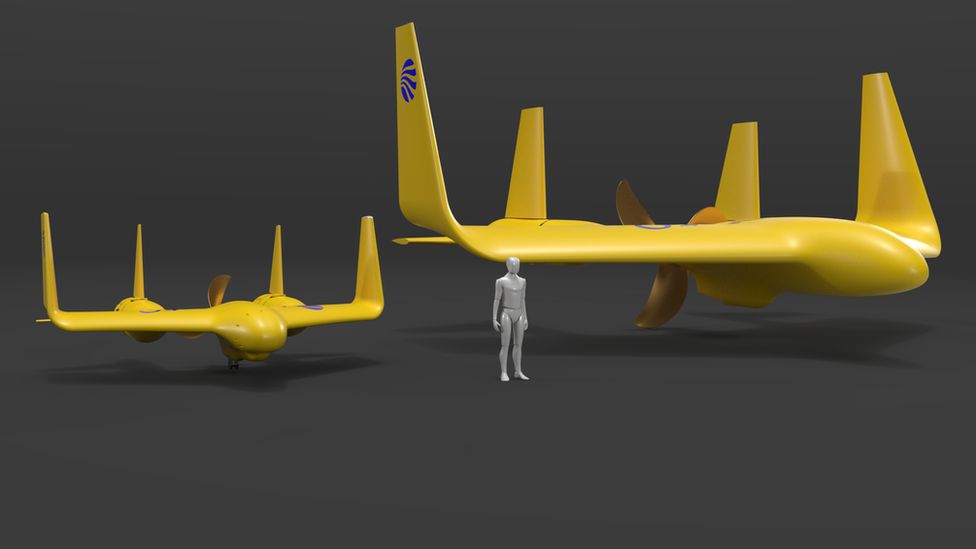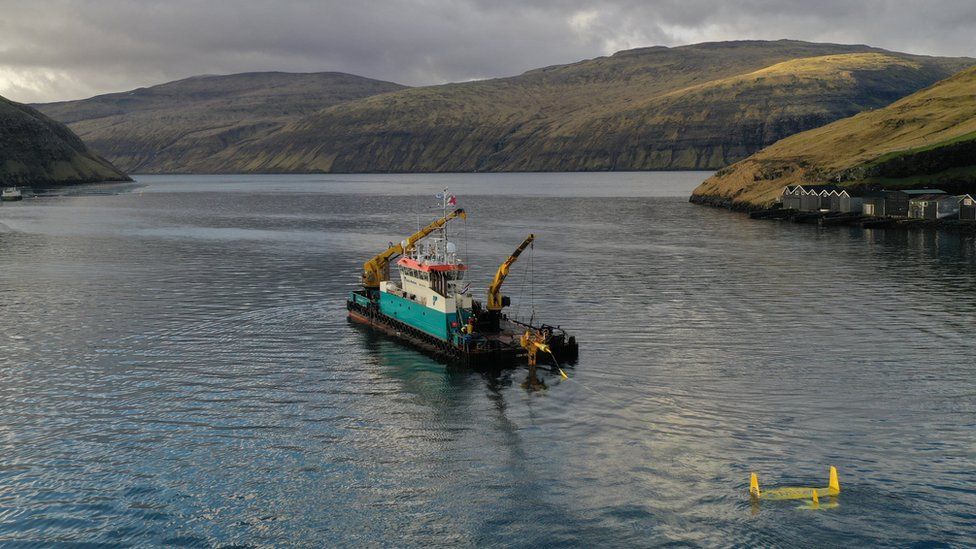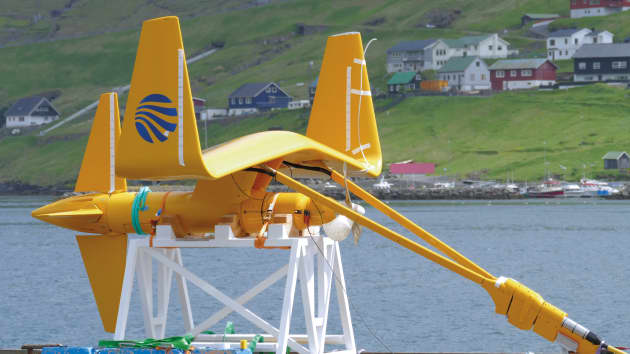Minesto’s revolutionary underwater “kite” technology began commercial operation in the Faroe Islands after more than a decade of development. Despite certain setbacks, the pioneering maritime power project is constantly upgrading and modifying its manufacturing performance.
Dr Martin Edlund, CEO of Minesto, summarizes his company’s efforts—a 2007-established spinoff of Swedish aerospace manufacturer Saab—in a thought-provocative statement: “We fly a kite in the ocean.”

The DG100 tidal kite system, which produces 100 kilowatts, was installed in October, with commissioning procedures beginning simultaneously.
The company said in a statement that it was providing electricity to the grid as part of a power purchase agreement with Faroese utility SEV. The development is situated in Vestmanna, in the northwest of the Faroe Islands, an island located between Iceland and Scotland in the northeast Atlantic Ocean.
Minesto’s technology takes the concept of flying a stunt kite and transfers it to water in electricity generation. It manages this by harnessing underwater current, which generates movement by creating a hydrodynamic lift force on the “kite’s” wings. The kite is guided in a figure-eight trajectory using an onboard control system and rudders. Water rushes through the system’s turbine as it travels, generating power.

Each kite can generate enough electricity to power four or five houses. However, the larger-scale monsters are expected to reach the fjord in early 2022, according to the company.
“The new kites will have a 12-metre wingspan and can each generate 1.2 megawatts of power [a megawatt is 1,000 kilowatts],” Minesto chief executive Martin Edlund says. “We believe an array of these Dragon-class kites will produce enough electricity to power half of the households in the Faroes.”
Mr Edlund considers kites as an appropriate backup when the weather is calm. “We had an unusual summer in 2021 in Faroes, with almost two months with no wind,” he explains.

“In an island location, there is no possibility of bringing in power connections from another country when supplies run low. The tidal motion is almost perpetual, and we see it as a crucial addition to the net-zero goals of the next decade.”
Minesto has also trialled its kites in Northern Ireland and Wales, where it plans to create a farm off Anglesey’s coast and in Taiwan and Florida.
The Faroe Islands’ concern for environmental sustainability encompasses the whole corporate community. Burardygt Vinnulv (Faroese Business Sustainability Initiative) is a new organization created by citizens, with 12 significant local industry leaders.

The project’s chief executive, Ana Holden-Peters, believes that the cooperation on the islands has spurred the process. “These companies have committed to sustainability goals that will be evaluated independently,” she says.
“Our members are asking how they can make a positive contribution to the national effort. When people here take on a new idea, the small scale of our society means it can progress very rapidly.”
The Faroe Islands is one of several places looking to create marine-based renewable energy sources. The International Energy Agency describes such marine technologies as having “huge potential” but adds that additional policy assistance for research, design and development is required to “allow the cost reductions that occur with the commissioning of bigger commercial plants.”


